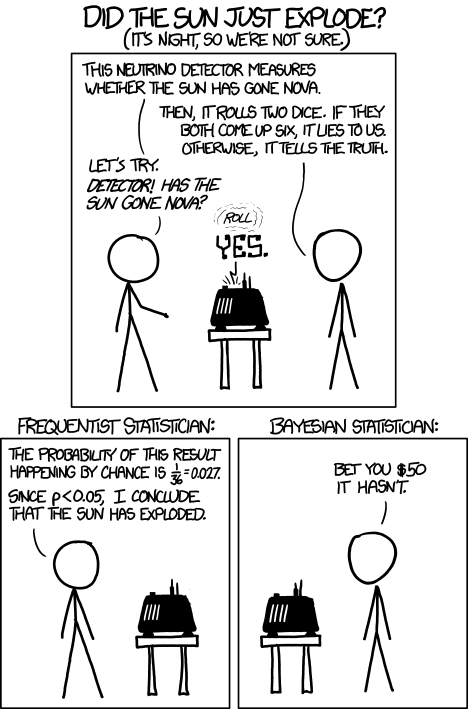threebikesmcginty
Corn Fed Hick...
- Location
- ...on the slake
My favourite at the moment:
Chap takes the cellophane off a new pack of playing cards and thoroughly shuffles them. He then turns over the first card which is red and asks “what are the odds that the next card is also red”? The next card is indeed red and he asks again “what are the odds that the next card is also red”? He repeats this until remarkably he has turned over 6 red cards. When he asks the question again “what are the odds that the next (7th) card is also red” what is your answer ?
Is it referring to the colour of the back of the cards, they're all red?







